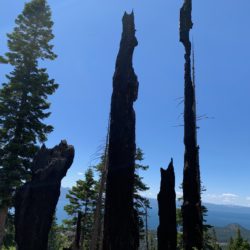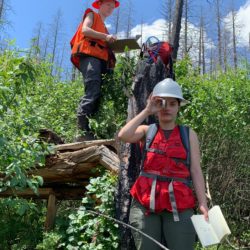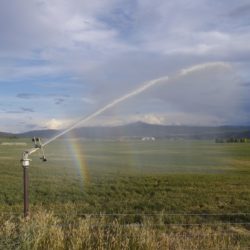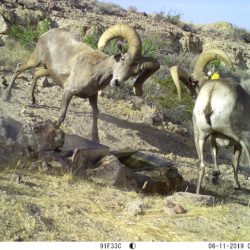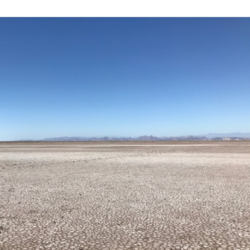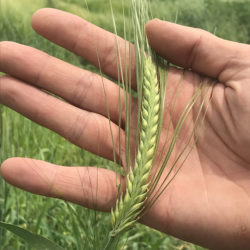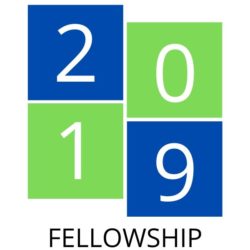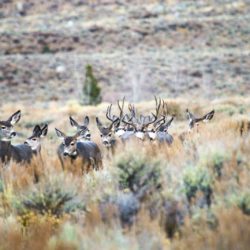Rebirth after Fire — Zhi Li
Zhi Li, MFs 20′, spent his 2019 summer in California’s forests conducting research related to fire. This involved camping with a team in 8-night stints and taking vegetation measures day in and day out. Zhi’s hard work on this collaborative research has been condensed into a story map he created and is located here. Student Read more about Rebirth after Fire — Zhi Li[…]

